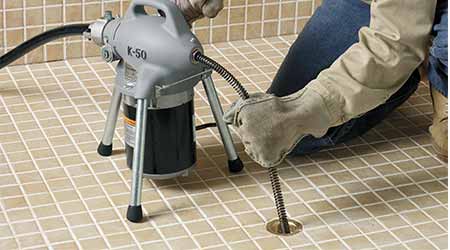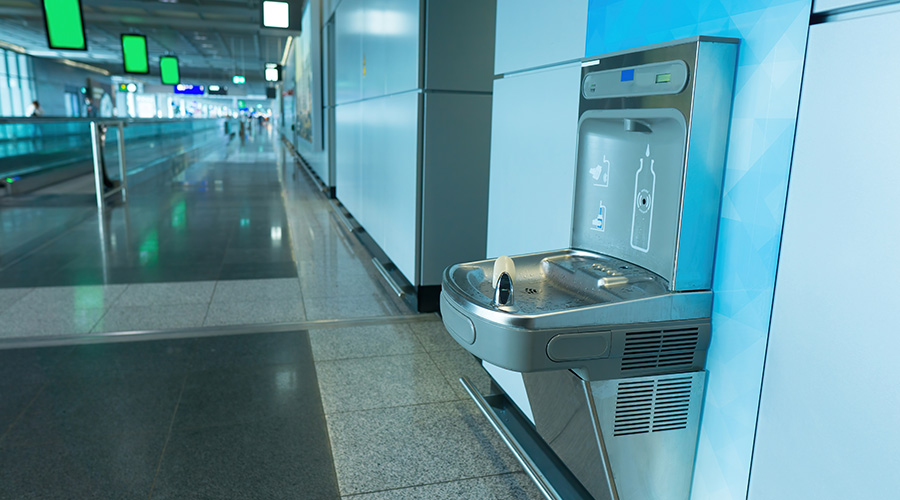Chemical Considerations when Planning Drain Cleaning Program
Part 2 of a three-part article on drain cleaning
Chemical drain cleaners come in four forms: liquid, solid, gel, and foam. Chemically, they fall into three classes: acids, alkalines, and enzymes.
Alkalines are forms of sodium or potassium hydroxide or related compounds and dissolve hair and fats. Acids are various concentrations of sulfuric acid and dissolve hair, fats, and cellulose. Enzymes are organic proteins that increase the rate of clog breakdown. They work best if left in the drains overnight and flushed with water to remove the solids after they have been broken down.
For technicians looking to prevent drains from clogging or dealing with only one small sink drain, one option is to use a small amount of chemicals, such as alkaline or acid commercial drain cleaner, to open it. One homemade option is baking soda and vinegar. These products work well as a preventive measure to keep drains open, as well as to clear a clog if it is in the trap near the drain opening. They do not work as well if the problem is deeper in the pipe.
To use baking soda and vinegar to clear a clogged trap, pour a cup of baking soda into the sink drain. Add a small quantity at a time of vinegar and let it bubble for a while. Then add more vinegar. Add the vinegar several more times, letting it work each time until the drain flows freely. Flush the drain with boiling water to dilute the solids and keep them moving into the collector, where other drains meet.
The rule for using chemical cleaner is to start with the least caustic solution and work up to greater strength. The strongest is 98 percent concentrated sulfuric acid, which is used only as a last resort because it can dissolve the piping over time. This solution will dissolve paper 50 percent faster than the next strongest solution, 95 percent sulfuric acid.
Technicians must wear eye and skin personal protective equipment (PPE) if using rodding or water jet cleaner in a drain after using chemical cleaners. Using drain cleaning equipment with drain cleaner on it can cause deep skin burns, as well as blindness if it gets in a technician’s eyes. If a drain is stopped up at the trap, a gel type cleaner might be the best option because it goes through the water and clings to the clog, dissolving it. Most standing-water clogs will require a snake or rodder-type mechanical machine.
Related Topics:














